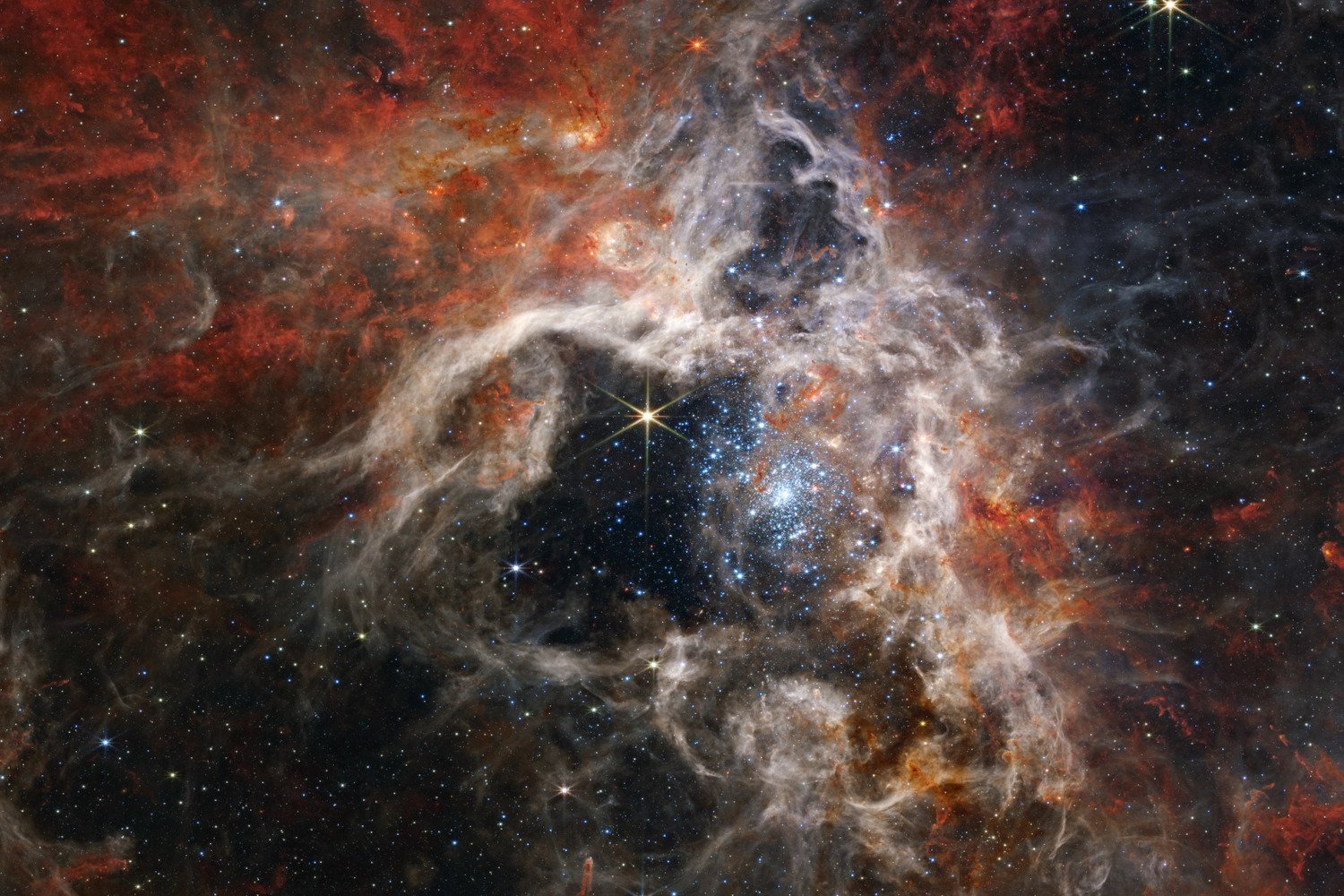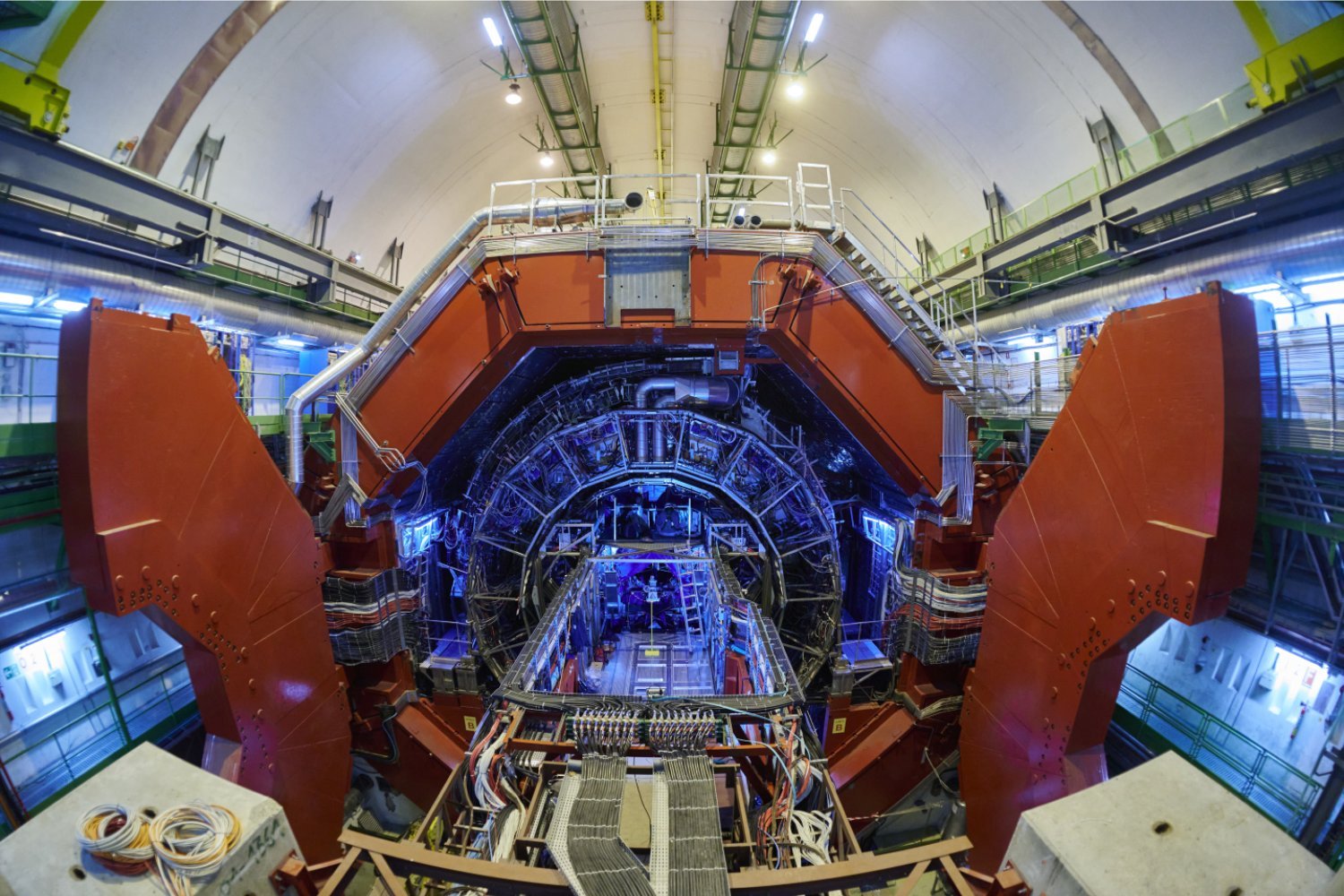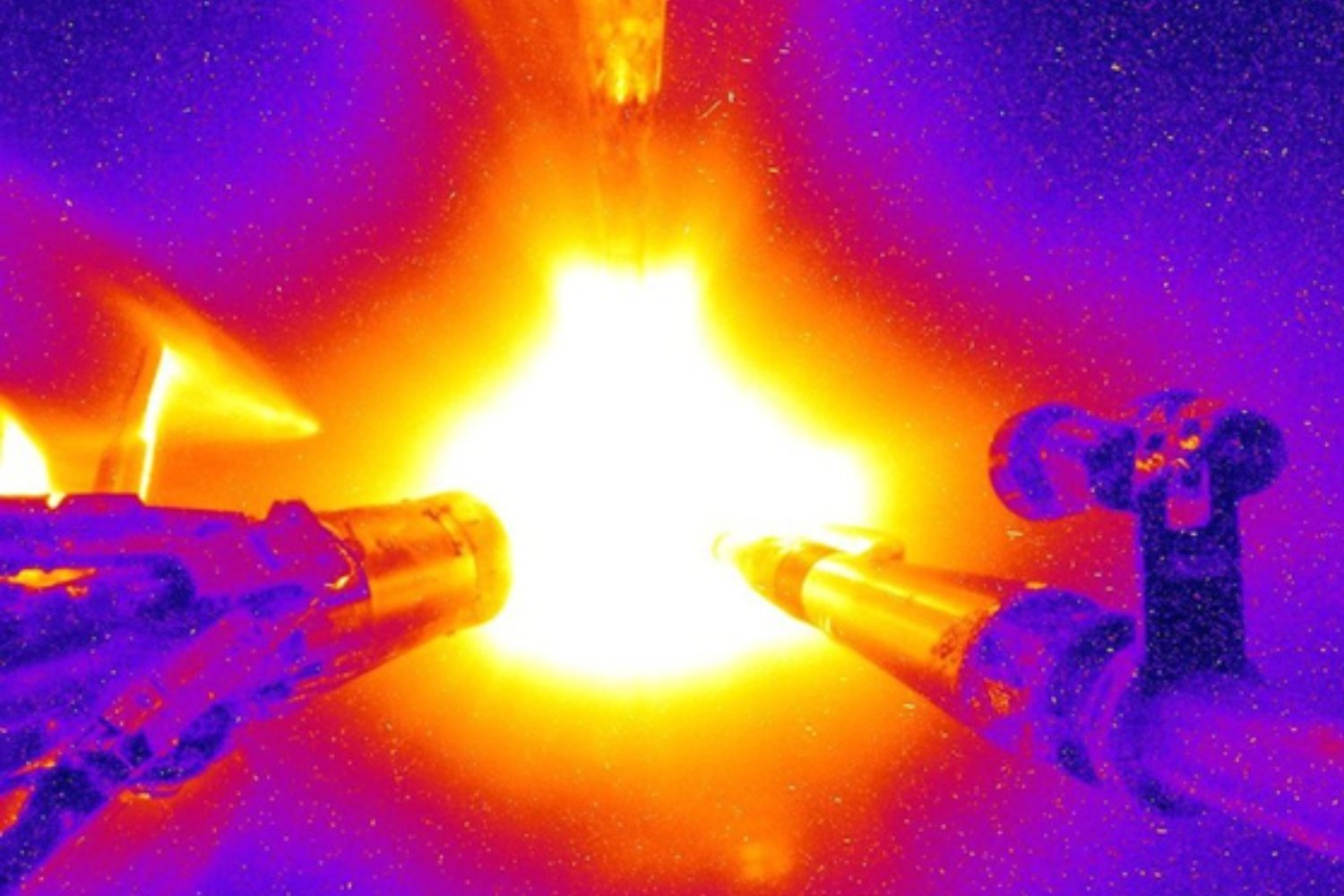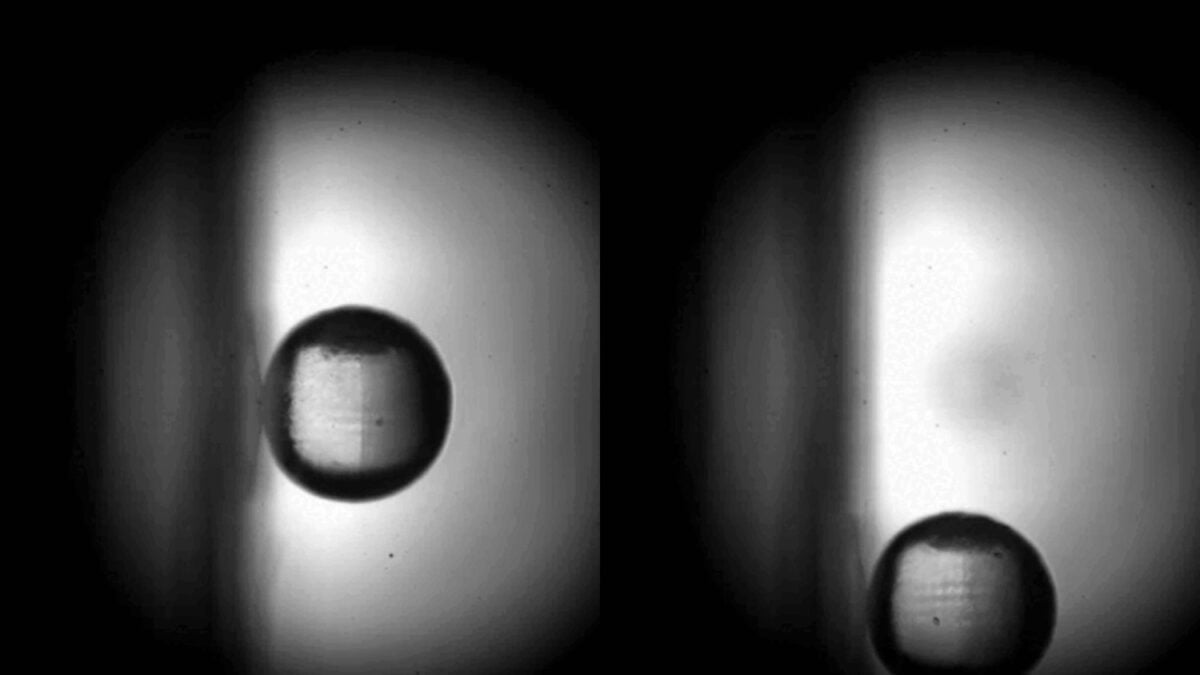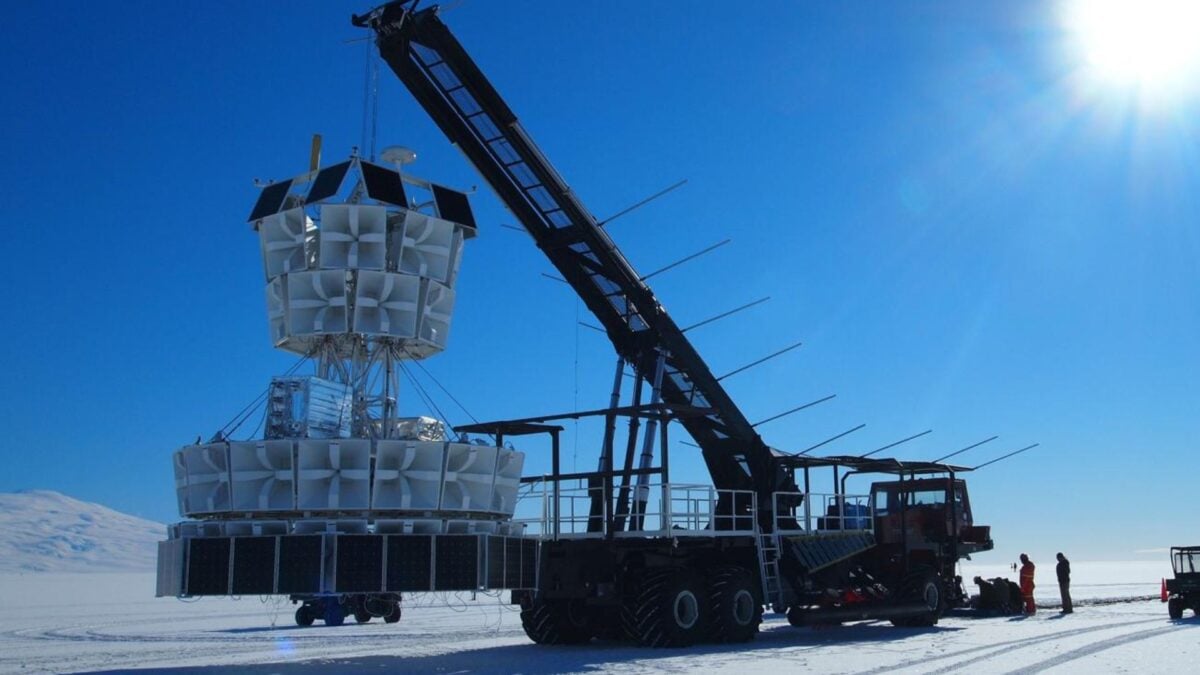We often perceive gravity as a fundamental force of nature, an invisible hand orchestrating the cosmic dance of celestial bodies. But what if this seemingly immutable law is merely a ripple effect of something far more profound – a byproduct of a universe governed by a complex, computer-like code?
This intriguing concept forms the basis of recent research published in the journal AIP Advances, proposing that gravity isn’t a force of attraction, but rather an emergent property of an informational law of nature, termed the “second law of infodynamics.” This notion, while seemingly drawn from science fiction, is grounded in physics and the growing body of evidence suggesting our universe operates remarkably like a sophisticated computer simulation. Digital technologies, from the apps on our smartphones to the vast expanse of cyberspace, prioritize efficiency. Computers constantly compress and restructure data to optimize memory and processing power. Could the universe be employing a similar strategy?
Information theory, the mathematical framework for quantifying, storing, and communicating information, offers a potential lens through which to examine this hypothesis. Originally developed by Claude Shannon, information theory has gained traction in physics, finding applications in a diverse range of research areas.
A 2023 paper leveraged information theory to propose the second law of infodynamics. This law postulates that information entropy, a measure of information disorder, must either decrease or remain constant within any closed information system. This principle contrasts sharply with the second law of thermodynamics, which dictates that physical entropy, or disorder, invariably increases.
Consider a cooling cup of coffee. Energy flows from the hot coffee to the cooler surrounding air until thermal equilibrium is reached – a state where the coffee and the room share the same temperature, and the system’s energy is minimized. At this point, physical entropy is maximized, with molecules uniformly dispersed and possessing equal energy. This signifies a reduction in the spread of energies per molecule.
![]() Coffee
Coffee
However, if we analyze the information content of each molecule based on its energy, we observe a different trend. In the initial hot coffee, information entropy is at its peak. As the coffee cools and reaches equilibrium, information entropy diminishes. This occurs because most molecules converge at the same energy level, becoming indistinguishable characters in an informational message, thus reducing the range of distinct energy levels.
Focusing on location rather than energy reveals another perspective. When particles are randomly scattered in space, information disorder is high, requiring substantial information to track their positions. Conversely, when particles coalesce under the apparent influence of gravity, forming planets, stars, and galaxies, information becomes compacted and more manageable.
This behavior mirrors the optimization strategies employed in computer simulations. Matter seemingly influenced by gravity might not be responding to a force at all, but rather conforming to the universe’s inherent drive to compact information.
In this framework, space isn’t a continuous, smooth expanse, but rather a mosaic of tiny information cells, analogous to pixels in an image or squares on a computer screen. Each cell holds fundamental information about the universe, such as the location of a particle. The collective information within these cells constitutes the fabric of reality.
Introducing objects into this informational space increases complexity. However, when these objects combine, the information simplifies. The universe, under this paradigm, naturally gravitates towards states of minimal information entropy. Remarkably, calculations reveal that the entropic “informational force” arising from this tendency towards simplicity is mathematically equivalent to Newton’s law of gravitation, as demonstrated in the aforementioned research paper.
This theory expands upon previous studies of entropic gravity, venturing further by linking information dynamics to gravity. This connection leads to the compelling possibility that the universe operates on a form of cosmic software. An artificial universe would prioritize efficiency, exhibit symmetries, employ compression, and potentially give rise to laws like gravity from these computational principles.
While definitive proof of our existence within a simulation remains elusive, the deeper we delve into the nature of reality, the more our universe appears to resemble a complex computational process.



